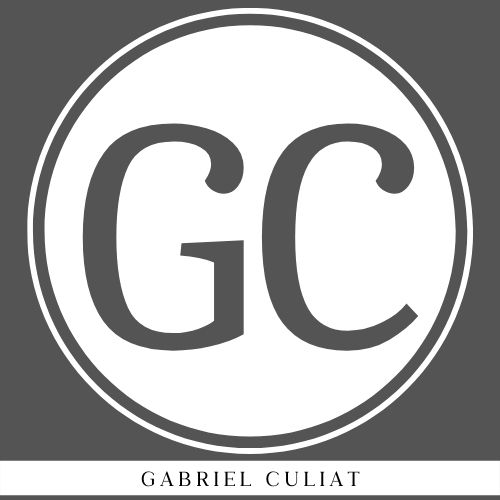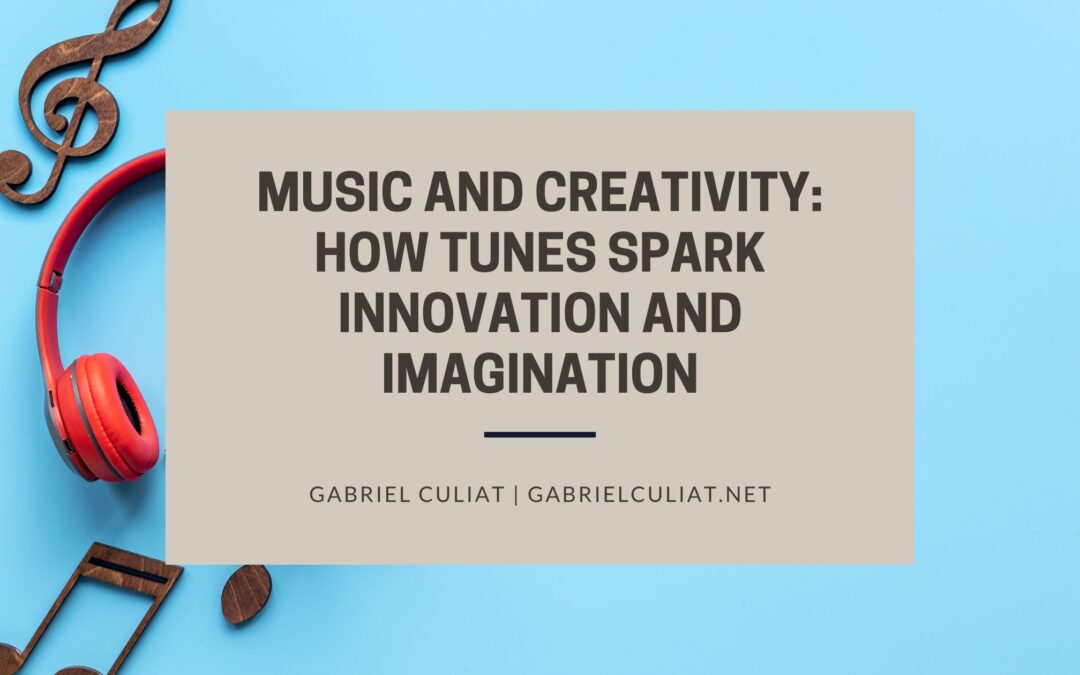The profound connection between music and creativity has been explored for centuries, with countless artists, scientists, and thinkers attesting to the transformative power of melodies in the creative process. As we delve into the intersection of music and creativity, we uncover the ways in which tunes act as catalysts for innovation and imagination.
Enhanced Mood and Emotional State:
Numerous studies suggest that music directly impacts our emotions and mood. By eliciting emotions ranging from joy to melancholy, music creates a heightened emotional state that can be conducive to creative thinking. The emotional depth conveyed through melodies can inspire individuals to approach problems and projects with a fresh perspective.
Activation of Neural Pathways:
Neuroscientific research indicates that engaging with music activates various brain regions associated with creativity. The intricate interplay of melody, rhythm, and harmony stimulates neural pathways linked to cognitive functions, fostering an environment ripe for creative exploration. This activation extends beyond just listening; playing musical instruments further enhances these cognitive benefits.
The Role of Dopamine:
Listening to music has been shown to trigger the release of dopamine, a neurotransmitter associated with pleasure and reward. The surge of dopamine contributes to a positive emotional experience and correlates with heightened levels of creativity. This neurochemical response creates an optimal mental environment for generating innovative ideas.
Spatial-Temporal Skills and Pattern Recognition:
The intricate patterns and structures within music contribute to developing spatial-temporal skills and pattern recognition. These cognitive abilities, refined through musical engagement, are transferable to various creative tasks. Individuals with a background in music often display advanced skills in recognizing patterns, a crucial aspect of creative problem-solving.
Multisensory Stimulation:
Music engages multiple sensory modalities simultaneously, providing a multisensory experience that can enhance creativity. The combination of auditory, visual, and sometimes even tactile stimuli contributes to a holistic sensory engagement that stimulates the brain in diverse ways. This multisensory stimulation has the potential to unlock novel approaches to creative challenges.
Facilitating Flow States:
The rhythmic nature of music has the power to induce a state of flow—a mental state characterized by deep concentration and heightened focus. Flow states are conducive to creative breakthroughs as individuals become fully immersed in their work, transcending distractions and unlocking a stream of innovative ideas.
As we continue to explore the connection between music and creativity, we unearth a symphony of possibilities that transcends boundaries and propels us into the realm of artistic discovery.

